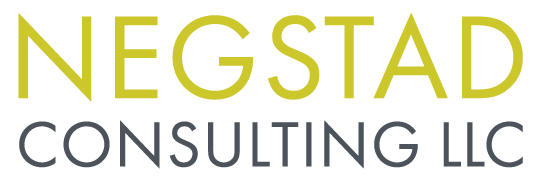5 Minutes on Performance Improvement Plans
A Performance Improvement Plan (PIP) is a document and process to help an employee clearly understand the expectations they need to meet to perform their job satisfactorily.
A PIP CAN BE ABOUT ANYTHING NEEDING ATTENTION THAT YOU HAVEN’T BEEN ABLE TO ADDRESS IN REGULAR ONE-ON-ONES.
For example: refusal to collaborate with others, inappropriate behavior with a colleague or client, pattern of missing lots of expected details/errors, not doing paperwork for clients, looking for every opportunity to put work onto others, excessive gossip in the workplace, going against organizational values, etc.
It sounds straightforward but let’s pause here.
We want to make sure they are used only when necessary and in the right way.
SO WHEN IS A PIP USED?
A PIP is used when an employee is not meeting expectations AND you’ve been attempting to address the situation through regular check-ins.
Ask yourself:
Am I holding regular, meaningful check-ins with my employee?
Am I offering direct feedback?
Am I supporting and guiding the employee?
If you have determined that a PIP is necessary, let’s make sure it’s done well.
Here are seven tips for making sure your PIP is thoughtful and effective:
Make sure you have already implemented regularly scheduled one-on-one conversations with the employee and have tried giving straightforward feedback. I mention this again because it is so important!
A PIP should not come as a surprise to the employee. The issue should have already been raised, with attempts to address it, during regular check-ins.Put in writing what isn’t going well so that there is documentation agreed upon by the supervisor and employee.
Stay in close contact with the employee during the duration of the PIP. That means that regular check-ins continue. Depending on the circumstances you may even choose to meet more frequently during the PIP.
Include in writing what you (the supervisor) are going to do to support the employee. Maybe you will make yourself more available for check-ins, or perhaps attend a meeting to be able to give feedback. You want to show that you are interested and invested in their growth. It’s also a great option to ask the employee, how can I support you in this PIP?
Be aware of the stress response (fight, flight, freeze, fawn) that can be activated by a PIP. Give your employee time to take in the information. Reassure the employee that this is an opportunity for growth and that you are there to support them.
Be aware of the power and privilege at play in the situation. Are you a white supervisor of a BIPOC employee? Take time to pause, reflect, learn, and gather your thoughts. How can you be mindful of the dynamics at play?
There should be policies guiding consistent use of PIPs across the organization. Organizations should have a grievance process for employees who think a PIP is being used incorrectly or for the wrong reasons.
BECAUSE PIPS COME INTO PLAY DURING SITUATIONS OF UNDERPERFORMING THERE MAY BE HARD FEELINGS. BUT YOU CAN MANAGE THIS TO SOME DEGREE.
Here are four things to avoid to so that your employee doesn’t become more disengaged, threatened or defeated during the PIP:
PIPs should not be simply used as documents to terminate employees and it should not permanently live in the employee’s file, but should be removed after a period of time (e.g. one year after employee has satisfactorily completed the PIP).
PIPs should not come as a surprise to the employee. The fact that they are not doing well, and the area they need help in, should already have been discussed.
PIPs are not meant to threaten, or make an employee feel defeated or disengaged. They are meant to clarify, for the supervisor and the employee, through solid documentation the situation and give clear, actionable steps.
PIPs should not be ongoing but should exist over a specific timeframe depending on the complexity of the change being asked.
In case it isn’t clear already, PIPs are a last resort. The stronger the relationship between the supervisor and employee, the less likely you are to need a PIP. But when they are necessary, let’s make sure we do them well.
I'd love to hear from you. Did you learn something you'd implement differently with your next PIP?

